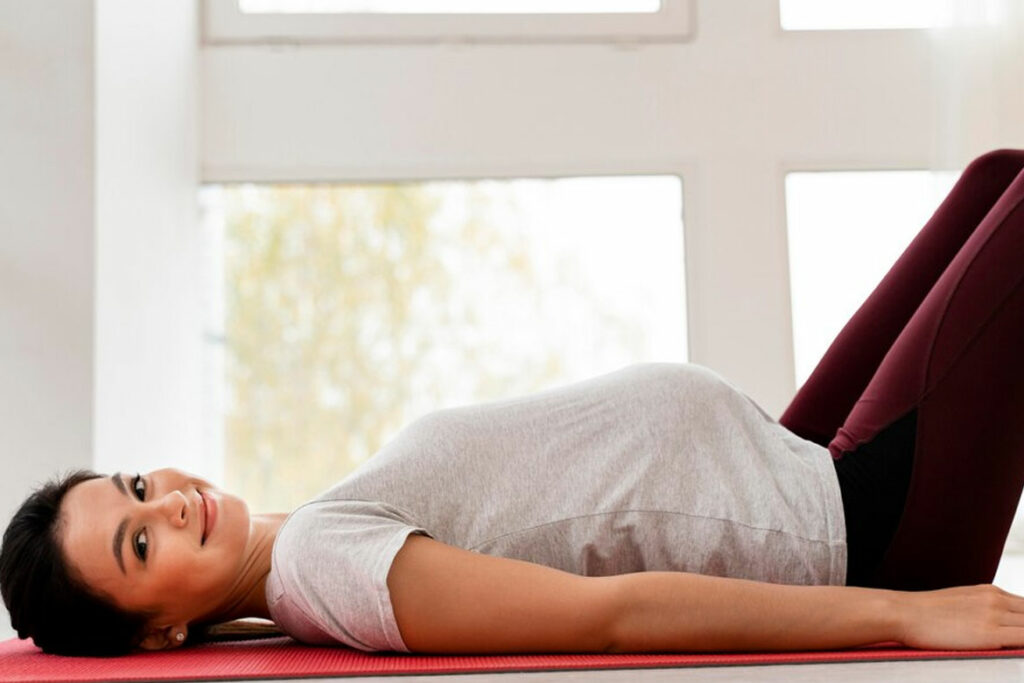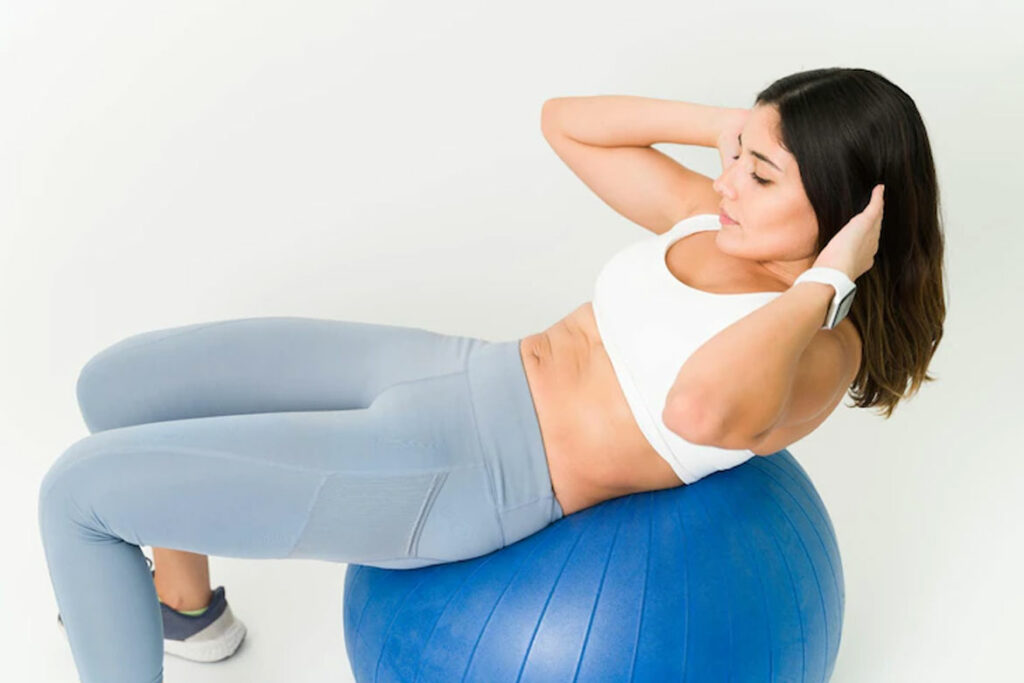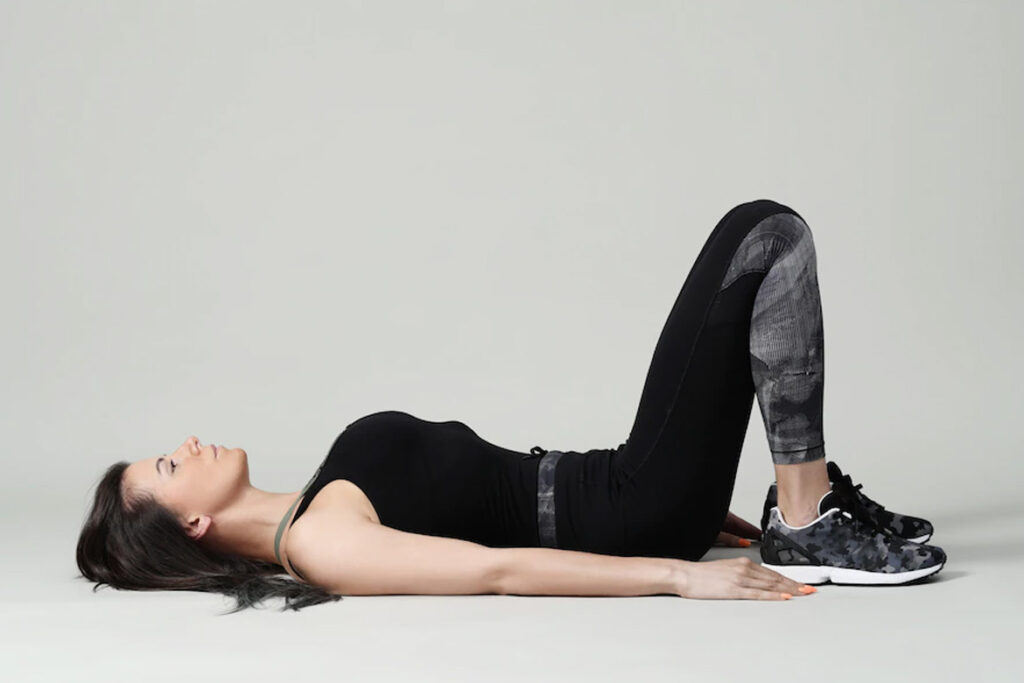Kegel exercises have entered the mainstream of female conversation, but many women are still unsure what they are. Furthermore, many people are unaware of the numerous benefits that Kegel for women can have on overall health and wellness. Today, in this article, we will share 6 benefits of Kegel exercises for women.
What Exactly Are Kegels?
Kegels are simply contractions of the pelvic floor muscles, which are the sling-like muscles that surround and support the bladder, vagina, uterus, and rectum.
Women can treat bladder leaks, pelvic organ prolapse, low back and hip pain, and improve sex by performing these kegel exercises.
Here are the 6 Advantages of Kegel Exercises for Women
- Kegels can improve your sex life.

Read more: Here are 9 health benefits of Dance
When it comes to sex, Kegel exercises tighten the vagina and may help increase the intensity of the orgasm. When it comes to orgasm, the pelvic floor muscles are crucial.
They are in charge of the pleasurable contractions felt in the genitals during an orgasm. Orgasms are more intense and last longer when the pelvic floor muscles are healthy. Women who have trouble achieving orgasm may have weak pelvic floor muscles.
When the pelvic floor muscles are exercised, blood flow to the pelvic region increases. Improved blood circulation boosts sexual arousal, lubrication, and orgasmability.
Similarly, a strong pelvic floor allows women to grip their partner more tightly during penetration, making the experience more pleasurable for both!
Vaginal penetration is also made more comfortable by flexible pelvic floor muscles. Women who experience painful penetration should consult a pelvic physical therapist because they may be suffering from vaginismus, a painful involuntary contraction of vaginal muscles.
Vaginismus is a treatable condition, and with proper training, it is possible to have pleasurable intercourse without experiencing pelvic pain.
- Kegels can improve overall fitness.

Long periods of sitting, repetitive movements, injury, and pregnancy can all have a negative impact on your body. Prolonged sitting can decondition both your aerobic fitness and your strength.
During pregnancy, stretching your abdominal muscles can weaken your core. The weight of a pregnant belly can shift your centre of gravity forward, causing low back pain. Furthermore, pregnancy hormones cause ligaments to loosen, increasing the likelihood of clumsiness and injury.
Weight gain is also common in busy lives that include work, child care, and social activities. Regular exercise can help you recover faster after giving birth by mitigating some of the effects.
Because the pelvic floor weakens with prolonged sitting, hip, low back, or pelvic injury, and childbirth, including pelvic floor exercises in your regular workout routine is critical. A well-toned pelvic floor can lower your chances of pelvic organ prolapse, incontinence, and painful intercourse.
- Kegel exercises can improve pelvic health overall during menopause.

Read more: Weight loss is not synonymous to fat loss, know the difference here
During menopause, fluctuating oestrogen levels can cause less blood flow to the pelvic floor muscles and a general decrease in muscle tone. Consider the pelvic floor to be a soapy sponge that you’re squeezing under clean running water – you squeeze out the soap, then allow the sponge to fill with fresh water as you let go of it.
Kegels help your tissues by squeezing out old blood and drawing in new blood to aid in the restorative and strengthening process.
- Kegels can aid in postpartum recovery
Pregnancy can cause the pelvic floor muscles to weaken, whether you delivered your baby vaginally or by caesarean. This weakness can be exacerbated by vaginal delivery, which can cause muscle tearing and possibly episiotomy.
The good news is that these muscles will heal just like any other muscle and will respond to Kegel exercises with increased strength just like any other muscle.
You can start strengthening your pelvic floor before getting pregnant and continue strengthening it during pregnancy by doing Kegel exercises as long as you don’t have uterine contractions while doing them.
It is critical to discuss your exercise programme with your healthcare provider if you are pregnant.
- Kegels can help with bladder leakage
The bladder, uterus, and rectum are all supported by the pelvic floor muscles. The bladder and bladder neck have less support and closure around the sphincter when these muscles are not strong and coordinated. This can lead to incontinence.
Urinary incontinence caused by strenuous movements such as exercise, lifting heavy objects, or coughing, sneezing, or laughing is known as stress urinary incontinence. Kegels are the most effective treatment for urinary incontinence.
- Kegels strengthen back and hip support.

The pelvic floor muscles are part of the inner core, which includes the muscles that support the trunk and hips. These muscles support the spine by coordinating with the deep layers of the abdominals, and they connect to the deep hip rotator muscles for hip stability.
When the pelvic floor muscles are not strong and coordinated, it can affect the pelvic, tailbone, and lower spine joints. Kegels treat both urinary leakage and low back pain, which is estimated to affect 38% of women with urinary leakage.
